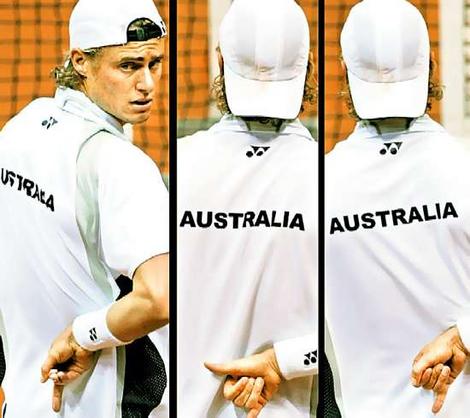Play Calling In Doubles
By Kyle Mollison, USPTA
Doubles is a game built firmly on strategy. More often than not the team with the more fundamentally sound strategy comes out victorious. One of the easiest ways to build and execute a strategy is to call the play on the serve.
A Quick Definition
Play calling off the serve in its most basic form is knowing the target that the server is going to, and then having the server and volleyer move to designated spots on the court.
Common Play Calls
- Go (Poach)
- The net player will cross over the center line to attempt to take the volley and switch to the opposite side
- This is a highly offensive play and is used to get a quick and easy point
- Fake
- The net player will make an exaggerated movement to appear as if they are going to Go or poach but will stay on the side that they started on
- The fake is used to either draw an error from the returner or to entice them to hit the ball back down the line to the net player
- Stay
- The net player will stay on the side that they are starting on to cover the down the line return
- The stay is a more defensive play and will be used to cover against a strong return down the line
- Pinch
- The net player will stay on the side that they are starting but will position themselves near the center line
- The pinch is used to take up space through the middle and allows the net player to either take balls through the middle, or with good footwork cover the down the line
Hand Signals v. Verbal Signals
There are two large schools of thought when it comes to play calling. There is the school of thought that uses hand signals to call the play, and the second school that says players should get together before the point and talk the play through.
I am a proponent of using hand signals. Hand signals are signs and shapes made by the net player behind their back to signal the server to both where the serve goes and what they, the net player, is going to do. The biggest upside of this is that your opponents will have no idea where the serve or net player is going to go. The downside of this is that there can be misunderstandings between the net player and server which can create an exploitable mis-match on the court.
Other players prefer to talk about it before the point. While this nearly completely rules out the chances of a miscommunication, there is a drawback. Unless players are getting together between every single service point, your opponents will be looking for something to happen after players get together before a point.
Play calling can really set a doubles team up for success and make holding serve a breeze. While this is the case, it is important to note that these play calls will not work 100%, if they did we’d all be playing pro. But, the vast majority of the time a well called play can set the net player up to receive the return and hit a strong volley for a winner.


Pingback: T3 - Doubles Formations - Aussie | Tennis, Fitness & Friendships Since 1970
Pingback: T3 - Doubles Formations - I-Formation | Tennis, Fitness & Friendships Since 1970